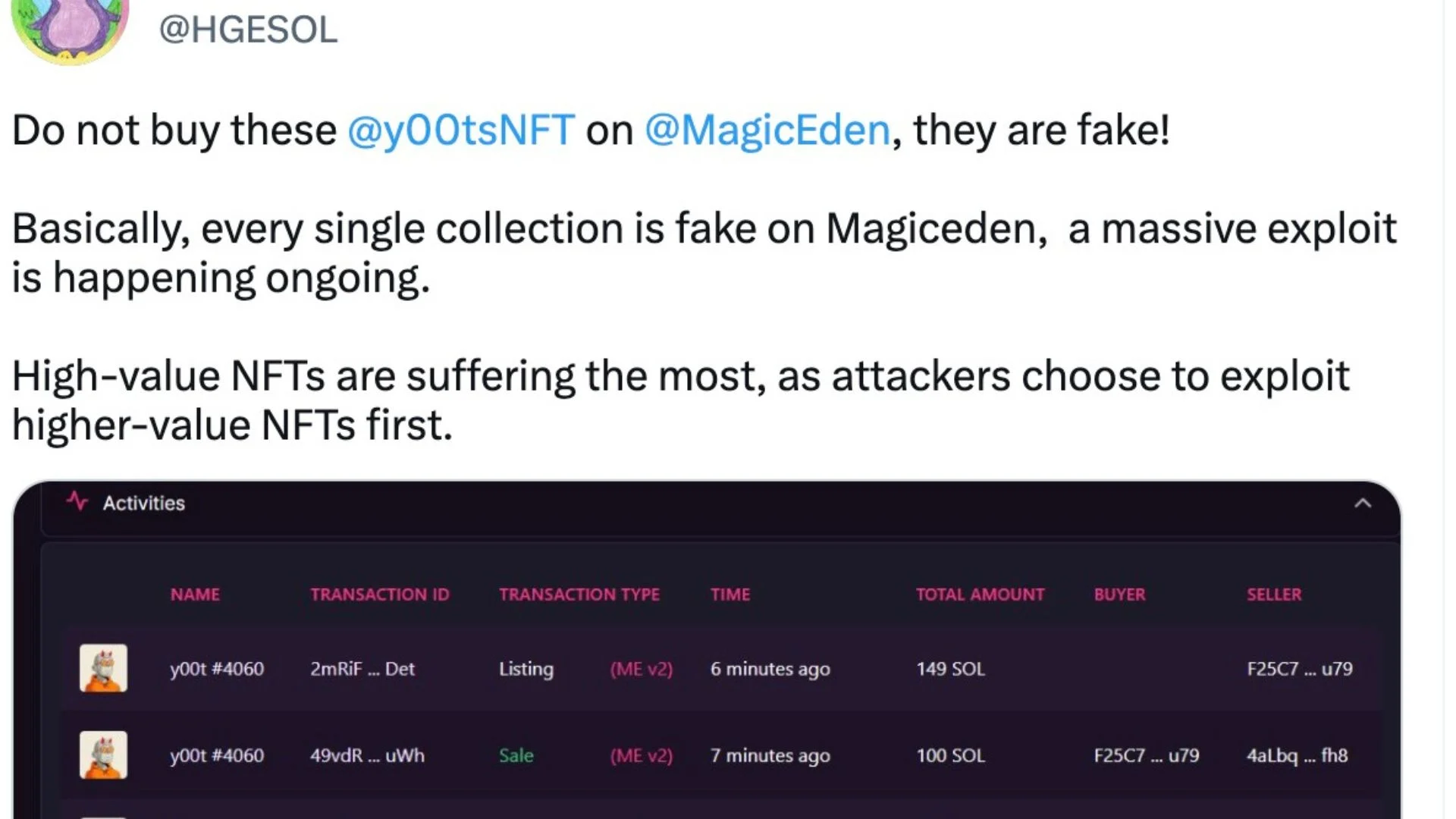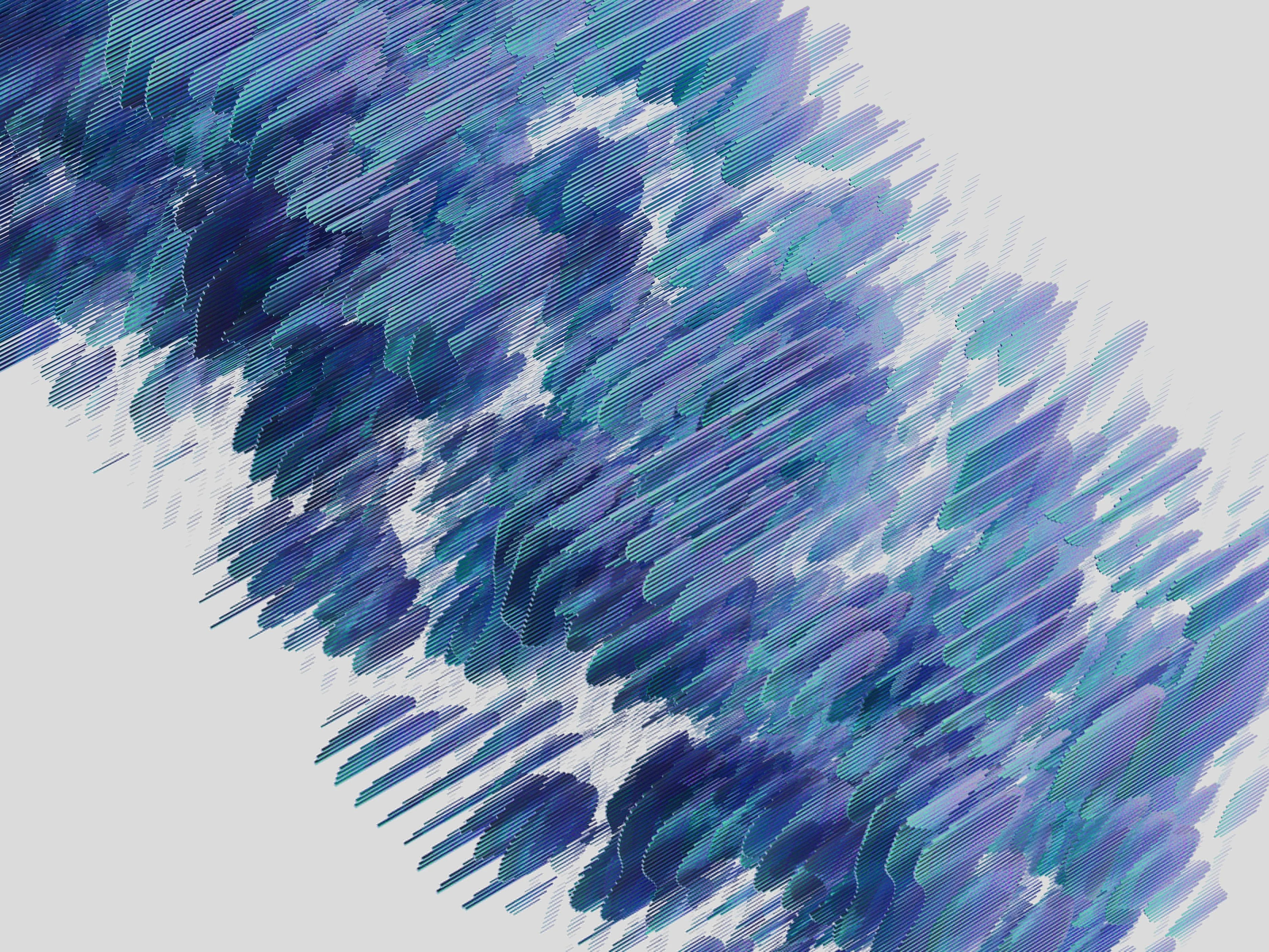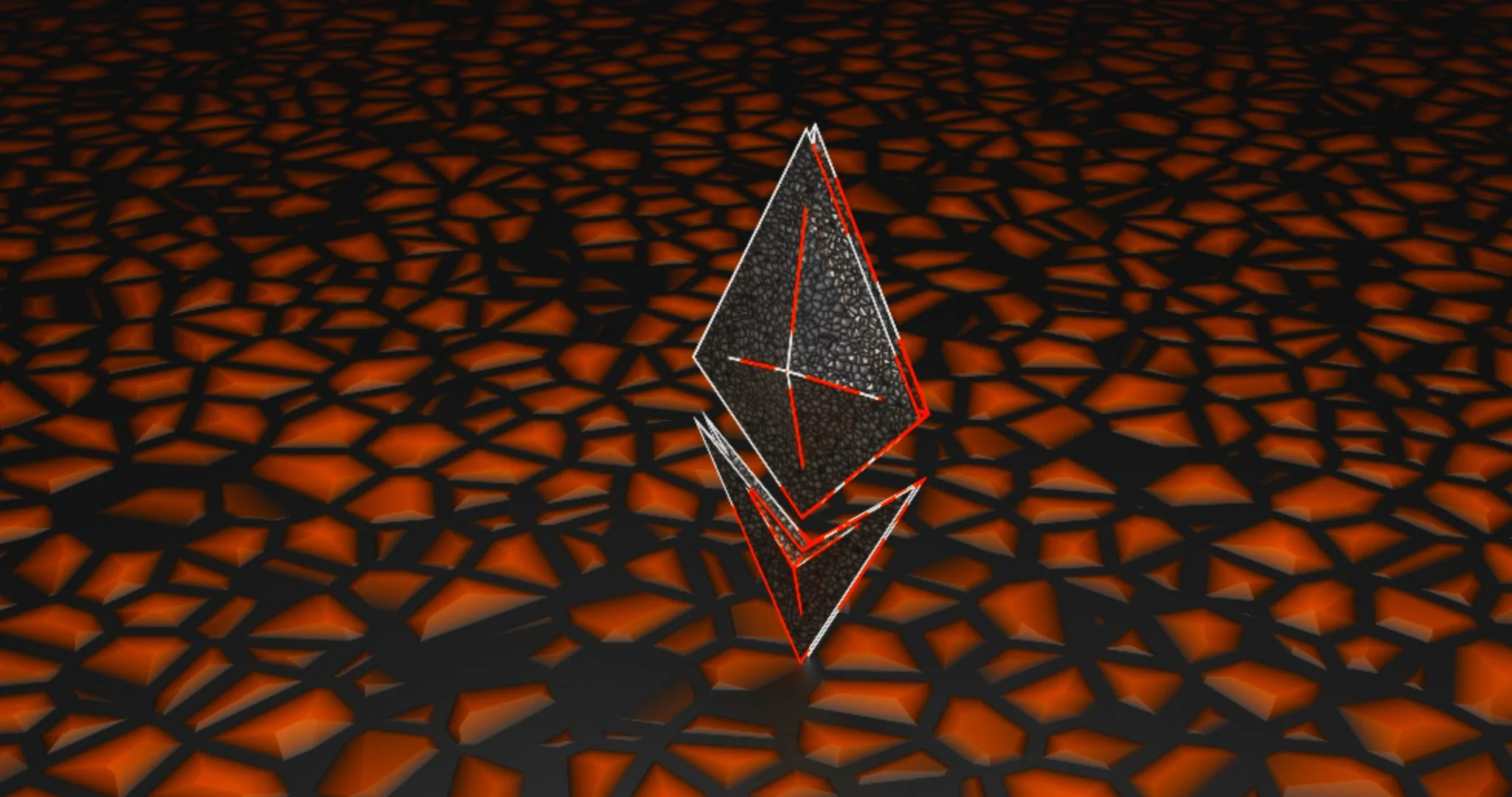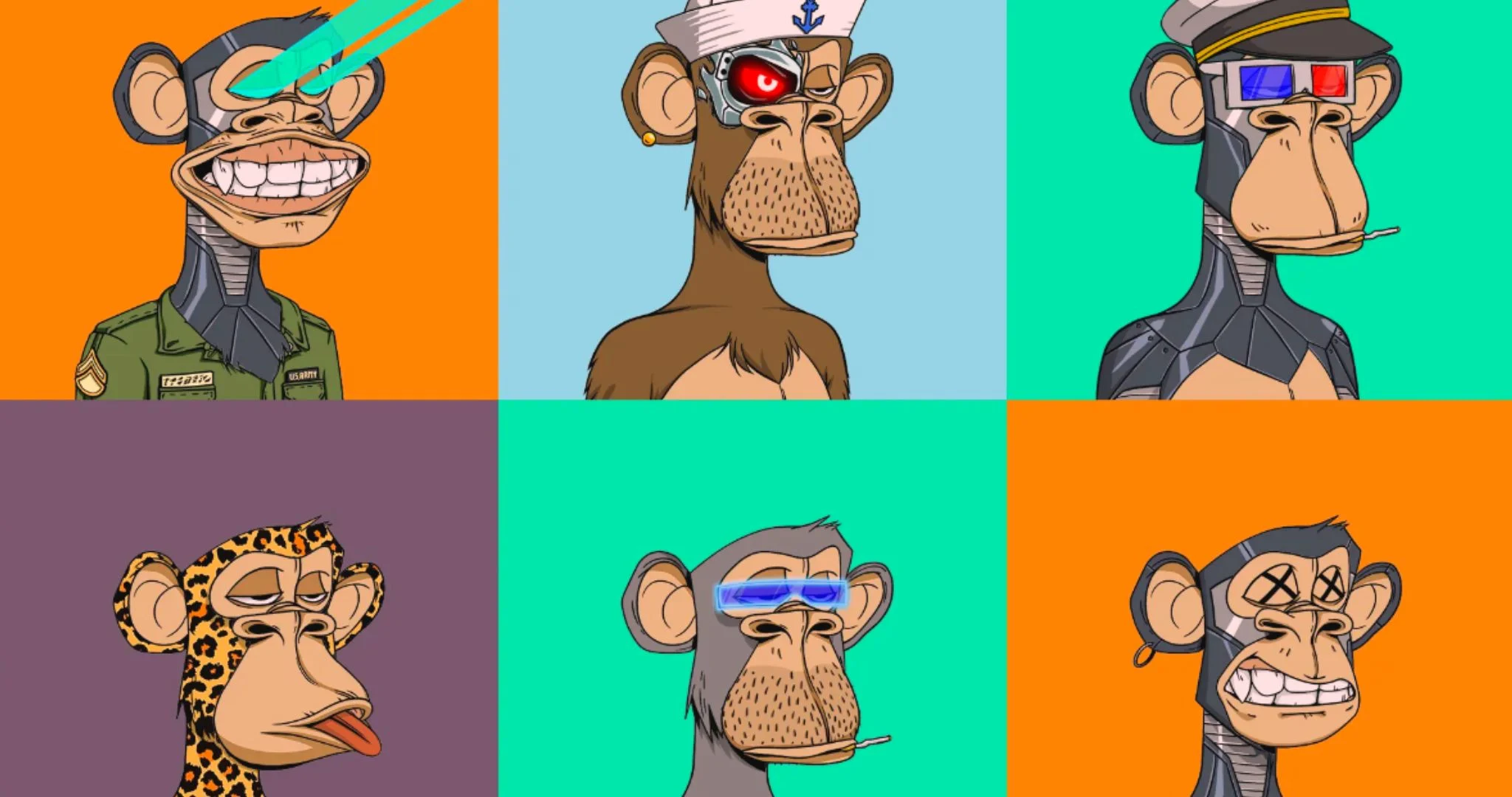Back to Blog
AI Tools Can Help Detect Fake NFTs. Here's How

Eric Esposito
Apr 3rd, 2023
.3 min read

Even diehard NFT enthusiasts admit there are issues with copycat collections. Recent data suggests at least 75 percent of NFTs on OpenSea are fake. Since blockchains are permissionless by nature, policing this type of activity has proven to be difficult — at least until artificial intelligence (AI) arrived on the scene.
As AI dominates the headlines in the global tech sector, more NFT markets, creators, and collectors are looking into AI tools to detect fake NFTs. Although AI NFT detection is in its infancy, it may become a significant safety feature in the future of Web3.
Hold up — just how many NFTs are fake?
Before getting into how AI could prevent fake NFTs, it's worth mentioning the scope of the NFT "copyminting crisis." Nearly two-thirds of all NFTs on popular markets like OpenSea are fake. In number terms, CoinTelegraph estimates there are 90 million fake NFT copies in the Web3 ecosystem.

So, what are these "copycat NFTs?" In most cases, scammers copy and paste images from a hot profile pic (PFP) NFT collection, make a slight change in attributes or coloring, and pass it off as the real deal. Some sophisticated scam projects have even figured out how to trick users with seemingly legitimate checkmarks. Crypto researchers point out that most of these copycat NFTs are from the top 20 collections, including the Bored Ape Yacht Club (BAYC), CryptoPunks, and y00ts (with at least 4 million copy NFTs focused solely on the 10K BAYC collection).

Since an NFT only has value due to its verifiably unique attributes (often including Web3 community connections), fake NFTs offer no value propositions for consumers. Even worse, some of these copycat NFTs may have corrupted metadata, thus putting crypto traders' wallets at risk.
Although everyone in the NFT sector knows the reputational damage of copyminting, there are questions about how to resolve this problem without resorting to centralized authorities like third-party auditing services. Currently, AI tools offer the best solution to preserve the decentralization of blockchain while stemming the rise of NFT scammers.
How can AI prevent fake NFTs?
Thanks to advances in vision and text recognition technologies, AI tools offer a way for markets to efficiently screen and flag fraudulent or spammy NFTs. Since most copycat NFT creators use slight variations in the original collections, it's far easier for AI to pick up these nuances and report them to developers. AI tools like Optic.xyz can also review other NFT data points like the transaction history and timestamps to provide a thorough review of each token.
Due to the exponential growth of the NFT sector, it's becoming impossible for teams to manually screen the NFTs they receive each day. Although some curated platforms like Nifty Gateway get around this issue by only allowing pre-screened artists, non-curated sites need tools like AI to preserve their open market ethos and reduce fake NFTs. Some markets like OpenSea and Rarible have already signaled they're interested in using AI tools to prevent copyminting without gatekeeping their platforms.
Beyond fighting fake NFTs: The potential for AI tools in market analytics
In addition to using AI tools to track copyminted NFTs, some protocols are interested in using AI-powered analytics to provide transparency for the Web3 ecosystem. Some blockchain analysts believe data on NFT trading activity will soon be as readily available as trading info in the decentralized finance (DeFi) space.
AI-enabled platforms like UnleashNFTs and Moonsight are already looking into unusual market activity to detect potential fraudulent collections, copycat projects, or wash trading. Empowering collectors with advanced and accessible AI-powered data could help everyone make more informed decisions when navigating NFT marketplaces on multiple blockchains. Besides verifying NFT collections are legitimate, these AI analytics tools can help buyers and sellers visualize prior price action and average volume to figure out the best time to enter or exit a position.
Is AI the future of Web3 security?
It's impossible to predict the future impact of any emerging technology, especially during a phase of hype-driven and at times even euphoric growth. However, there's no question AI solves many of the issues plaguing the NFT industry in terms of security and transparency.
Although AI-generated NFTs tend to get the most attention in crypto art circles, it's increasingly apparent NFT markets also need AI tools to protect consumers and discourage bad actors. AI provides an efficient means of scanning the influx of fake NFT collections and flagging suspicious market behavior.
Hopefully, as AI tools and applications continue to grow, they will bring renewed legitimacy to the NFT space without sacrificing the core values of blockchain technology.
Related Posts

What Is an NFT? A Guide to Web3 in 2023
Want to learn about NFTs? Look no further! This article will provide a basi...

NFT.com Team
Jul 6th, 2022

What Makes NFTs Valuable? From Community to Rarity, and More
Without value, NFTs wouldn't live for long. Here's why NFT value goes beyon...

Nick Fouriezos
Mar 13th, 2023

What Is a Bored Ape? A Guide to the Iconic BAYC NFTs
The Bored Ape NFT collection is making Yuga Labs a Web3 empire. Here’s ever...

Nick Fouriezos
Mar 8th, 2023